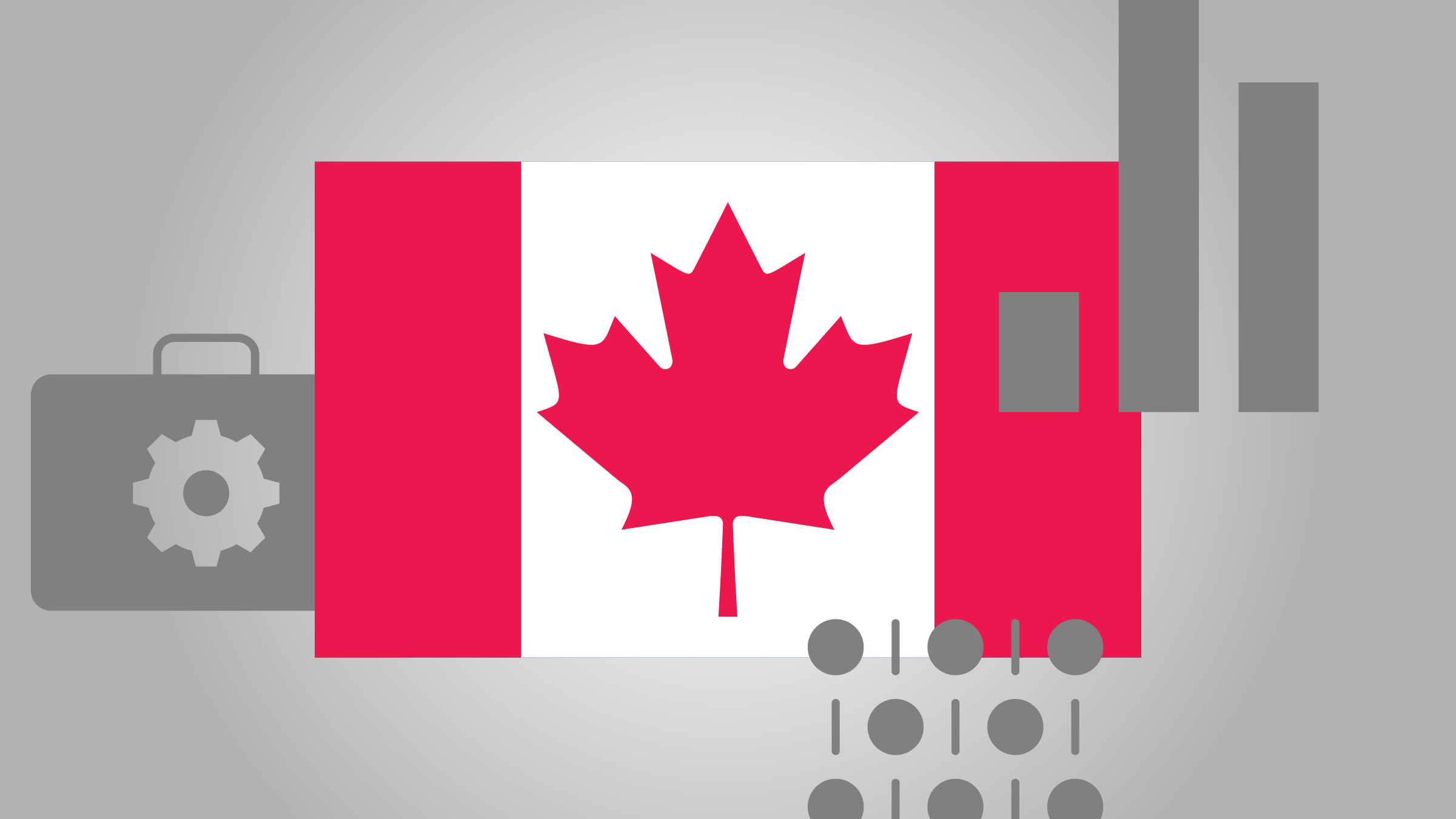High-yield bonds and emerging-market bonds offer better value than investment-grade securities, says Daniel S. Janis III, lead manager of Manulife Strategic Income. The $658-million fund is among the best performers in the Global Fixed Income category, and has a 5-star Morningstar Rating for risk-adjusted returns.
Taking measured bets on high-yield bonds "makes more sense than getting 2.6% on a 10-year U.S. Treasury," says Janis, senior vice-president at Boston-based Manulife Asset Management (U.S.) LLC. "And with Canadian spreads a little higher than the U.S., it doesn't make sense to be in longer-dated Canadian bonds. You want to go into risk-seeking situations, but controlling the risk through size and making sure you have liquidity to move in and out."
High-yield bonds tend to appreciate as economic conditions improve. "These bonds should outperform, relative to the high-quality space," says Janis, who expects high-yield bonds could return 7% to 10% for the next year while government bonds will be flat to slightly negative.
Reaping the benefits in 2011 will be harder going forward "and you will have to be more discerning when you place your credit bets." Today, corporate spreads are about 560 to 700 basis points (bps) over government bonds, versus 280 in 2006-07.
Narrowing yield spreads would translate into price appreciation for high-yield bonds. "Could we go as low as 450 or 500 bps over the next year or so? It would not surprise me. But the tightening would be at a slower pace than during the compelling spreads in 2009," says Janis, who works alongside Thomas C. Goggins. "With QE2 (the second round of quantitative easing by the U.S. Federal Reserve) you want to take some risk, but do so smartly. If the fundamentals change, you have to be faster than before."
Janis divides the Manulife Strategic Income portfolio into three buckets: Canadian governments and mortgages, predominantly U.S. investment-grade and high-yield bonds, and foreign bonds including emerging markets.
 |
|
 |
|
| Dan Janis | |
 |
|
 |
|
 |
"We try to figure out what each bucket has to offer in terms of yield, quality and stability," says Janis. "We know that the Canadian bucket will be quality, not necessarily high yield, and stability will come and go, depending on the Bank of Canada. We will get yield from the credit bucket, but not necessarily quality, and stability will come and go. When I look at the third bucket, I could get all three: quality with the G-7 group of countries, and yield from Asia and Latin America, and stability, depending on how well economies do."
Janis looks out three to six months and makes a top-down decision on which bucket to over-weight or under-weight. Currently, about 19.5% of the fund is in emerging-market bonds and 36% in developed markets (including Canada). There is also 6.7% in investment-grade credit, 28.8% in high-yield bonds, 0.8% in equities and 7.3% in cash.
Since the fund holds about 350 positions, many of them are very small. Corporate bonds are limited to 1.5% of fund assets per issuer. The risk constraint on sovereign bonds is 5% per issuer.
"We want to make sure that we're taking the right risks," says Janis. "If we can add value incrementally, we have a chance of performing well, while also controlling risk. If you do that in the short run, it adds up to long-term performance."
A Boston native, Janis joined the investment industry 26 years ago after he earned a BA in economics from Harvard University. He began working in the foreign-exchange department at Bank of New England, where he learned about interest-rate swaps, currency hedging and international bond-portfolio management.
From 1991 to 1997, Janis worked at Morgan Stanley in New York and managed the foreign-exchange-forward desk, partly for the bank's own account. He then decided to return to Boston and spent one year as a proprietary risk manager at Bank of Boston.
In 1999 he joined John Hancock (which Manulife Financial acquired in 2004) as assistant portfolio manager on Strategic Income Fund, offered to U.S. investors. This fund became the model for the Canadian version. Lead manager of the U.S. fund since 2006, Janis is responsible for a total of about US$5 billion in assets.
Janis believes future returns will be muted, and currency will be a key component of performance. "We manage the foreign exposure as we see fit based on the fundamentals." Janis uses hedging mainly for weaker currencies in the G-7 countries. "Asset allocation is a key driver of how we perform."















